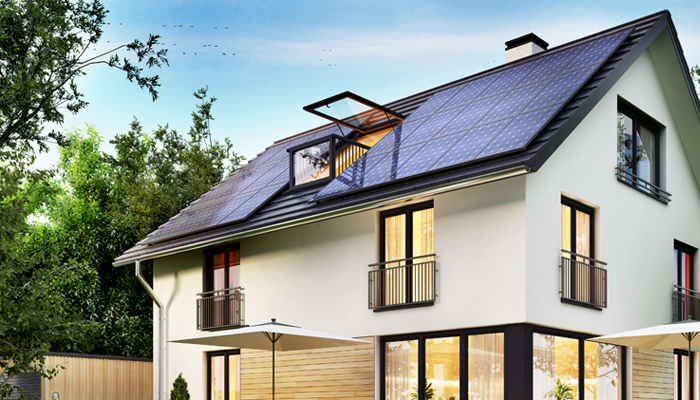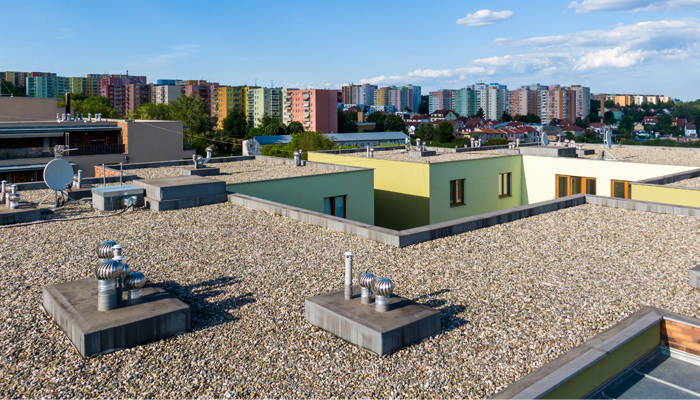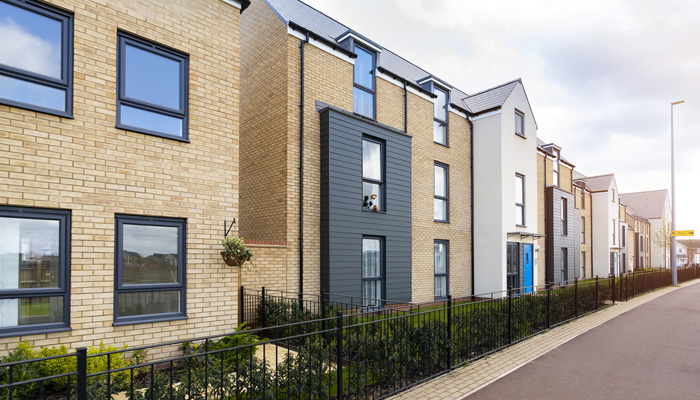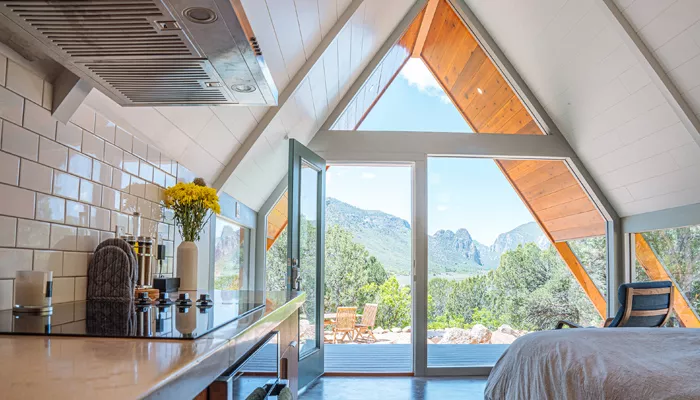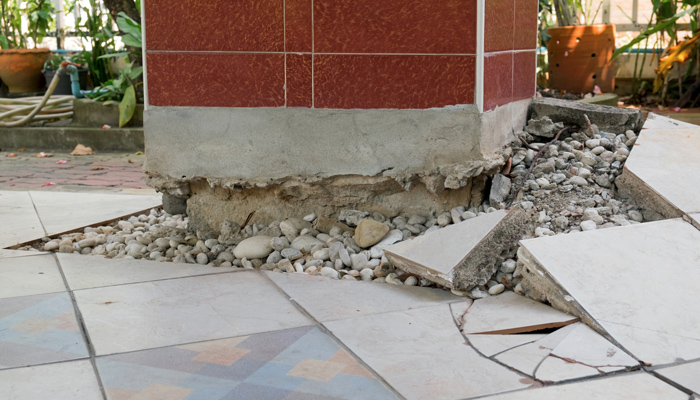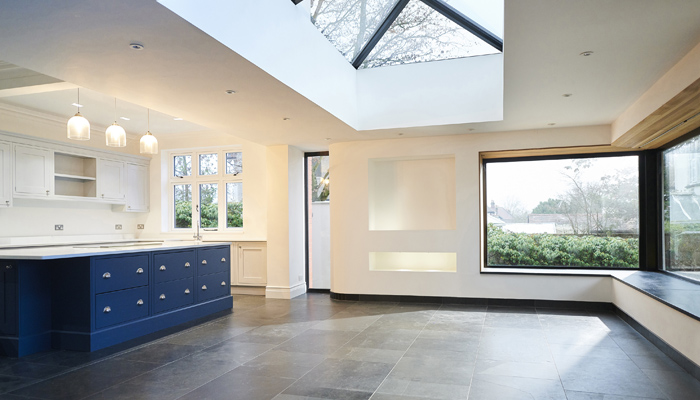Risk Management Considerations for Solar Panels
Risk Management Considerations for Solar Panels/Photovoltaic (PV) Panels
Photovoltaic (PV) module/panel technology has been used for over 50 years and has been subject to years of development. The technology is now widely accepted as a common and economical on-site renewable energy source.
In the drive towards achieving environmental sustainability and energy efficiency and we are seeing an increase in the use of Solar Panels/Photovoltaic Cells as the technology is now widely accepted as a common and economical on-site renewable energy source.
How do solar panels work?
Solar Panels/Photovoltaic cells generate Direct Current (DC) electricity from solar irradiance to generate electricity during daylight hours, even without the need for constant sunshine, and overnight via external lighting sources and moonlight.
An inverter is utilised to convert the DC to Alternating Current (AC) electricity. Solar panel arrays are constructed using different PV modules/panels and are available in varied sizes and outputs.

The insurance market and solar panels
The insurance market has a number of concerns regarding PV systems, as there have been several reported fires involving PV solar panels, mainly in Germany and North America. where the majority of these panels have been installed.
These fires have been caused as a result of poor PV panel installation, using incorrectly specified equipment, faulty equipment, panel faults or electrical system failures.
How much energy can be generated from solar panel installation, and can it be stored?
Because of the variable weather patterns in the UK, the amount of electrical power generated from a solar PV installation will tend to vary. Solar PV panels also generate less electricity in the winter than summer (in the UK, around four times less in December than in June).
Energy storage systems such as battery storage systems can retain excess power for use in times of lower PV output and therefore, present an attractive solution to the rising costs of energy.
Key risks associated with solar panels
The main battery type used for solar PV installations is lithium-ion batteries, although lead-acid batteries can also be used.
An important fire hazard to consider with battery storage systems is thermal runaway, where heat is transferred through the battery cells. This can result in fire damage and explosion, with the explosion releasing toxic chemicals and fumes into the atmosphere. Disconnection from the power source does not stop the reaction and damaged batteries can reignite hours or days later due to the thermal runaway.
From a risk management perspective, the fire/explosion risk needs to be safely managed but there are other aspects which need to be considered including the structural integrity of the buildings being used to support the panels.
Outlined below are the pertinent hazards and risks when considering solar panel installations:
Location of solar panels
- PV panels normally sited outside of any existing protected space and/or can inadvertently be installed on top of combustible construction.
- Considerations for roof constructions should be as follows:
- PV panels should not be installed directly on top of combustible roofs
- The roof/coverings should be fire-resistive and/or non-combustible
- Potential fire spread fires involving combustible roofs will spread quickly, above any fire protections within the building. Adjoining or nearby buildings can also be at risk
The increased building fire load
- PV panels and associated equipment will contribute to and increase the building fire load, particularly given the capacity for thermal runaway. This will affect the Insurers estimated maximum loss for the site.
- PV Systems may compromise protections already installed on-site. For example an external fire close to or on top of a building that has automatic sprinklers protecting the inside of the building may possibly spread to the interior of the building or spread on the roof covering until a point where the roof fails and so compromising the installed sprinkler protection.
Risks relating to structural integrity
- PV panel arrays can significantly increase the weight loading on a roof, increasing the potential for a collapse of the roof during a fire. With the increasing use of lightweight panels, roof systems have little tolerance for additional weight. For older buildings the roof structure may have deteriorated with age or be in a poor state of repair.
Risks relating to installation and maintenance
- Water Ingress. There is an increased risk of damage to existing roof systems during the installation of PV panels, resulting in possible water ingress into the building and expensive repairs.
- Live electrical cables. DC is present from the PV panel to the inverter, increasing the risk of electrical shock, injury or death.
- Damage to the PV panel, live electrical cables, connectors and/or junction boxes and inverters can lead to fires.
- Loose or broken PV equipment could fall from the roof, leading to injury or fatalities.
Risks relating to accessibility
- Restricted roof access. If the system is poorly designed without specific clear route layouts this may restrict safe access to the roof for servicing, maintenance, cleaning and firefighting operations.
- Extensive PV panel roof arrays may restrict fire fighters from:
- Venting a fire from within a building
- Tackling a fire within a building
Risks relating to the gaps between PV panels and the roof
- Solar panels can increase snow and ice build-up, causing additional issues with accumulation and weight distribution. The consequence of this can be that drifting snow can also become a problem where there was none previously.
- Trapped waste debris, foliage, etc (especially in autumn with the increased growth of moss and lichen to roof areas below the panels). This can raise the fire load by presenting an ignition source and fuel load in direct contact.
- Increased risk of storm damage. Gaps between PV panels and the existing roof are exposed to increased risks created by high wind speeds. Caution must be taken where buildings are located on high ground or in exposed coastal areas, etc.
Considerations when installing solar panels
Once the above factors have been reviewed then it is important to consider the following risk management features before during and after any potential installation.
Planning
- It is important to inform and discuss any proposals for the installation of PV solar panel systems with your insurers and all other interested authorities including the Fire and Rescue Service, before any orders are placed and installation work begins.
- Obtain professional advice on the roof/ building structural stability and condition to ensure the roof/building can support the additional weight of the PV panel array and still have an additional safety margin to withstand snow loadings as originally designed. The structural report must also consider any other existing equipment already on the roof or new equipment planned to be installed on the roof in the future.
- PV panel quality and reliability can vary depending on the manufacture and design standard the panels conform to. It is important to ensure the manufactured panels and installation are certificated to a recognised standard such as Underwriters Laboratories (UL), Factory Mutual (FM) or German VdS and TUV-SUD and have the correct safety devices fitted.
Installation
- Installation work must be carefully supervised, inspected and commissioned, with completion test and certification issued along with operating manuals prior to handover.
- Equipment must be correctly specified and compatible for a PV solar panel system.
- Electrical cables, connectors and/or junction boxes need to be fire-resistant or enclosed in a fire-resistant material, conduit or fire-rated compartment.
- Cables need to be protected against ultraviolet (UV) exposure/deterioration and installed in conduit and/or cable trays, suitably secured to the building structure. High Voltage (HV) hazard signage must be clearly displayed.
- Ensure PV panels are located away from dust/fume outlets and not positioned near to sources of steam or heat.
- Shade affects the performance of a PV system, including the potential of thermal stress, ie. over-heating. System design and placement should take into consideration potential shading.
- Power cables need to enter through a non-combustible sleeve fitted to the full thickness of the wall/roof and provided with non-combustible packing around the cable within the sleeve to prevent damage to the cable or heat radiation from the cables affecting the building fabric.
- PV panel inverters need to be enclosed in a secure fire-rated compartment (at least one hour), kept clear of combustibles and provided with fire detection.
- PV panel power isolation switches need to be located in readily accessible and clearly signed areas to allow safe access by Fire and Rescue Services, etc. Consider remotely operated controls to manage isolation switches that can be operated well away from the area of fire.
Maintenance
- PV solar panel systems will need regular inspections, cleaning, servicing and maintenance to check for damage and to ensure the panels operate to their full capacity. Ensure all servicing and maintenance is completed in accordance with instructions and by competent, qualified engineers.
- There should be safe clear access to the roof and between rows of PV panels must be maintained to permit servicing, maintenance, cleaning and fire-fighting operations.
Additional fire protections
- Automatic fire detection can be provided to detect fires involving the PV panels and control equipment. These can include multi-band infrared heat detectors or integrated IR/smoke CCTV camera systems or addressable linear heat detection.
- Automatic/manually operated fire suppression systems can be designed to protect the areas covered by PV panels, with safety interlocks to automatically shut down the PV system on activation of the fire detection/fire suppression system.
Further important considerations
- The Fire and Health and Safety Risk Assessments for each respective site should be reviewed and updated to take into consideration the addition of solar panel systems.
- Business Continuity Plan(s) will need to be reviewed and revised to consider the increased risks of solar panels installations.
Date: May 22, 2023





